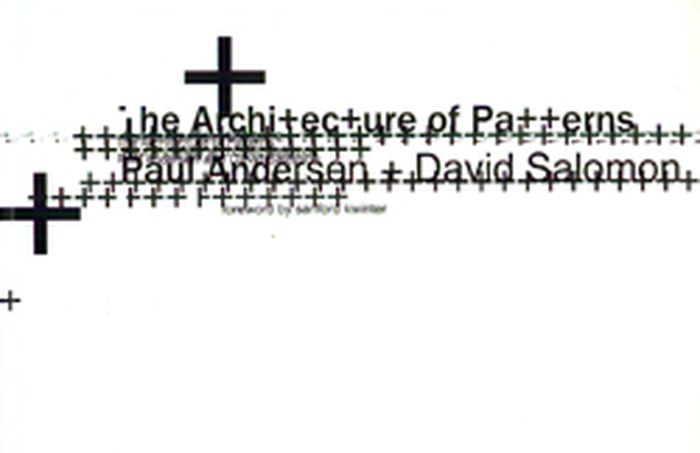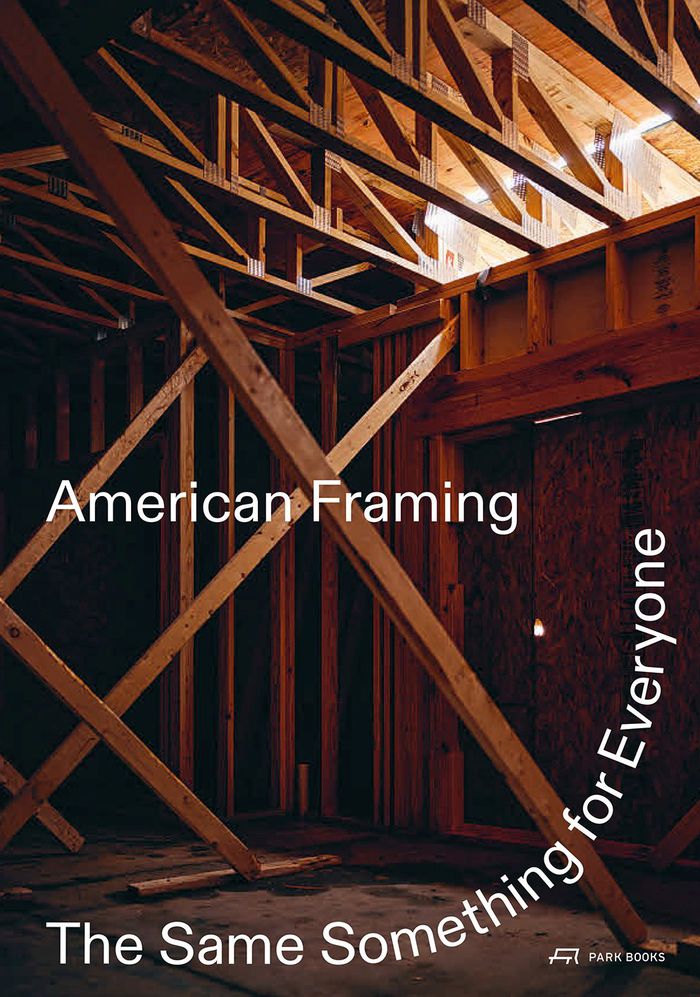The architecture of patterns
$31.00
(available to order)
Summary:
This book tracks the definitions and applications of patterns in a number of fields, and suggests how contemporary patterns might be used in design. Drawing on historical material and recent case studies, it gives shape to patterns’ emerging potential. The Architecture of Patterns provides an updated definition of patterns that is at once precise and expansive—one that(...)
History since 1900, Reference Books
August 2010
The architecture of patterns
Actions:
Price:
$31.00
(available to order)
Summary:
This book tracks the definitions and applications of patterns in a number of fields, and suggests how contemporary patterns might be used in design. Drawing on historical material and recent case studies, it gives shape to patterns’ emerging potential. The Architecture of Patterns provides an updated definition of patterns that is at once precise and expansive—one that allows their sensory, ephemeral, and iterative traits to be taken as seriously as their functional, everlasting, and essential ones.
History since 1900, Reference Books
$59.95
(available to order)
Summary:
From its origins in the Midwest in the early nineteenth century, the technique of light timber framing—also known at the time as "Chicago construction"—quickly came to underwrite the territorial and ideological expansion of the United States. Softwood construction was inherently practical, as its materials were readily available and required little skill to assemble. The(...)
Timber Construction
September 2023
American framing: the architecture of a specific anonymity
Actions:
Price:
$59.95
(available to order)
Summary:
From its origins in the Midwest in the early nineteenth century, the technique of light timber framing—also known at the time as "Chicago construction"—quickly came to underwrite the territorial and ideological expansion of the United States. Softwood construction was inherently practical, as its materials were readily available and required little skill to assemble. The result was a built environment that erased typological and class distinctions: no amount of money can buy you a better 2 x 4. This fundamental sameness paradoxically underlies the American culture of individuality, unifying all superficial differences. It has been both a cause and effect of the country’s high regard for novelty, in contrast with the stability that is often assumed to be essential to architecture. "American framing" is a visual and textual exploration of the social, environmental, and architectural conditions and consequences of this ubiquitous form of construction. For architecture, it offers a story of an American project that is bored with tradition, eager to choose economy over technical skill, and accepting of a relaxed idea of craft in the pursuit of something useful and new—the forming of an architecture that enables architecture.
Timber Construction

